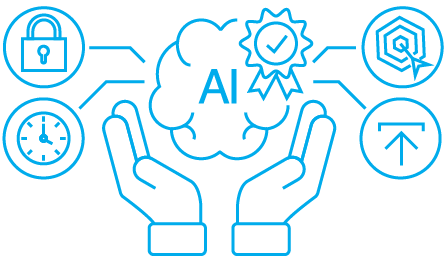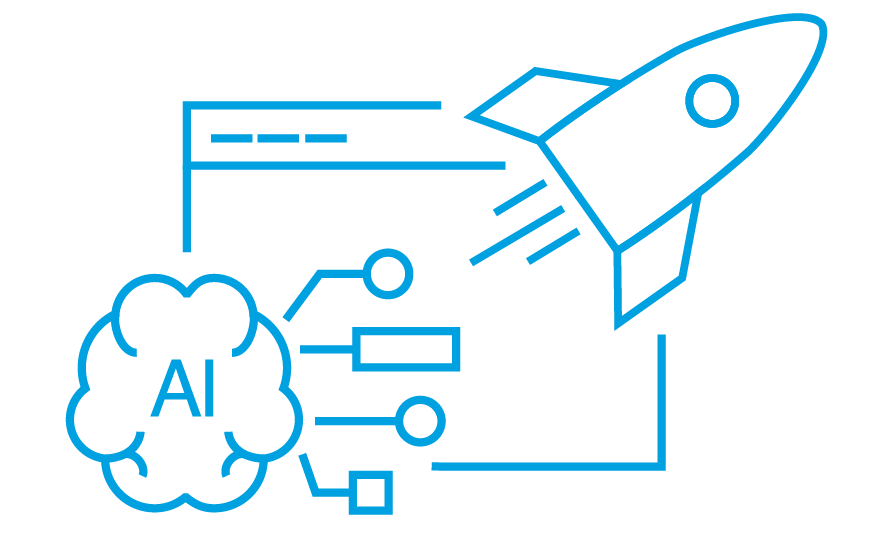- What is customer journey
- Segmenting your customers
- How to analyze customer journeys?
- Examples of customer journey maps
- Design your customer journeys
“After just one negative experience, more than half (61%) of the customers say they would move to a competitor; this number rises to 76% in the case of multiple negative experiences.” – says LawnsStarter in one of their latest publication. This is extremely important to have a happy client, and nowadays there is a solution for it. Customer journey allows to improve customer’s satisfaction, pick potential problems and optimize online processes that customer usually is going through.
What is customer journey
Customer journey is a set of actions that your client takes during an interaction with your product. Normally, the shorter the better, but if your journey is much complicated and consists of more than a few clicks to be done, make sure your customer is happy to make them.
That’s why a customer journey map was invented. CJM helps you to identify the “pain points”, you might not be aware of. Those are the points, which customer has to meet during usage of the products you offer, but doesn’t really like that. There are also so-called “moments of truth”, where you actually can see a real view of your product and find out how to make sure the user will not want to cancel the browser tab with your page. The third set of points, that customer journey map allows to discover is “success points” – the points, which customer is happy about and is satisfied to use.
Segmenting your customers
Every client is different and is interested in your product for different reasons. Still, there is a couple of things that are common for users from your target audience. Group them with different segmentation rules and use a power of 3rd party data to create different versions of customer journey map in order to cover the whole scope of your target group.
To find your target groups and analyze their profiles you can use platforms, such as Data Management Platform. On DMP, data is being processed by AI algorithms, which create user profiles. The more detailed analysis of the profiles will be done, the more personalized message will reach the user.
As eMarketer advises how to create an effective customer journey:
- include collaborative entities
- deep analysis of the target audience’s behavior
- make a list of goals
- prepare possible milestones
- go with the final conclusion
Researches say that it’s a good practice to create a virtual persona that would have characteristics, that your typical client owns. This will help you to identify how to interest your client in filling the survey and what style of language you should use in questions.
This is again about your customers and about to know them so well that their expectations become predictable for you. Believe it or not, it is possible with carefully created CJMs and accordingly adjusted products to meet customers’ needs very precisely.
How to analyze customer journeys?
Start from answering a question, how the user got into your web-page. Did he use a google search for it, or your company name is so memorable that it’s enough just to add a country code into the browser address bar? It would be your first success point.
This is important to know why exactly the customer decided to go this way, or another. What motivates or demotivates him to take action to go further with your product. Maybe it was unsuccessfully targeted ads, or there wasn’t any available agent in your support chat? Take into account all the answers you receive and make respective conclusions. Do not afraid to ask your customers nor your employees about their opinions. Asking means you care and strive to be the best. This is part of a journey to success.
You can use tools such as Google Analytics to start analyzing your users’ behaviour but to get deep insights about customers you can choose DMPs. These platforms makes it possible not only to analyze and segment users but also target them in online campaigns. So that, you can create segments of your best clients and next license them to global DSP platforms to reach them in campaigns.
To analyze users profiles you can generate Audience Reports on DMP. It gives you insights about interests, demographics and intentions of your users. What’s more, you can check which attributes differentiate your users from target group or from general Internet user. Find out how Audience Reports will help you in analyzing your audience – check “How to use Audience Reports to get insights about users?”
What’s more, after collecting data about your customers and creating particular segments, you can find similar profiles all over the world. It’s look-alike modeling technique will help you find new customers easily and fast. To learn more about creating look-alikes, check our post What is look-alike modeling.
Examples of customer journey maps
One of the simplest and richest in detail customer journeys was made by one of the games’ producers. It contains persona’s main attributes, described previous experiences with detailed explanation of what impact have experiences on persona’s decisions now. It’s a great tool to simplify research on customer experience matter and understand client behavior. See the examples in links below:
- [Games’ Producer] Customer Journey Map example – part 1
- [Games’ Producer] Customer Journey Map example – part 2
Another good example, similar to Customer Journey Map – is Customer Experience Map (CEM). The difference between them is that we analyze general customer experience in CEM, and are mostly focused on the actual process that has been done. During work on CJM on the other hand, we take a single client and make an analysis based on a certain situation or a context.
The next example represents a case of CEM, where the client returns a product, which was bought online. It also shows chances to deliver a positive customer experience as well as risks to provide a bad one. Check the example in link below:
Design your customer journeys
To start designing or improving your customer journeys, you need to analyze the process that leads your users to make purchase. In digital environment the easiest way is to analyze online behaviour of your users. DMP platforms will help you to deeply know your users profiles and how do they interact with your website, app or other digital assets. It also gives you insights about users preferences and attributes which is extremely important in designing personalized journeys and improving customer experience. Find out how the DMP can help you create the best customer journeys and bring more sales.



